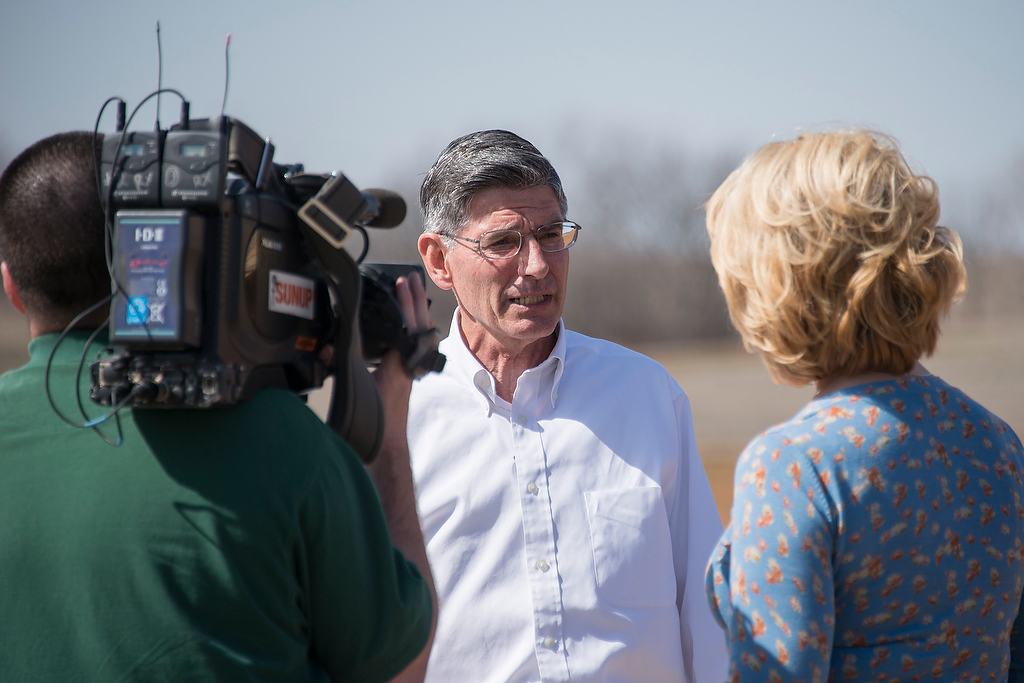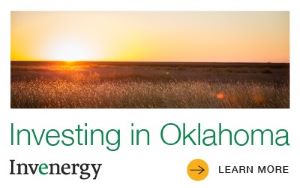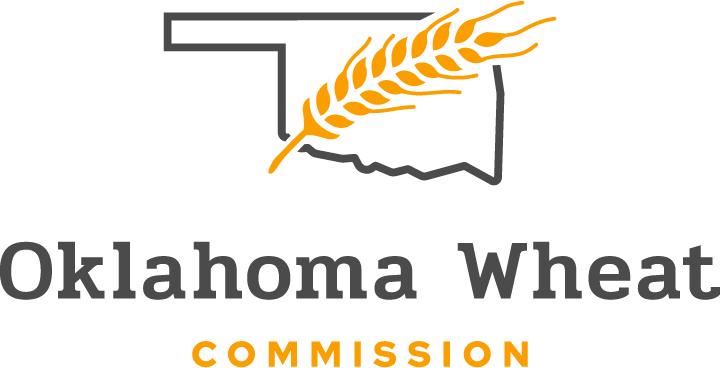
Agricultural News
Anderson Breaks Down USDA Report and Price Outlook
Thu, 09 Apr 2015 17:48:24 CDT
 Two factors are directing the commodity market outlook. On this weekend's edition of SUNUP, Oklahoma State University Crop Marketing Specialist Dr. Kim Anderson said those factors are the weather and the latest reports out from the U.S. Department of Agriculture. SUNUP host Lyndall Stout interviews Anderson about this factors. Click or tap on the LISTENBAR below to listen to the full interview.
Two factors are directing the commodity market outlook. On this weekend's edition of SUNUP, Oklahoma State University Crop Marketing Specialist Dr. Kim Anderson said those factors are the weather and the latest reports out from the U.S. Department of Agriculture. SUNUP host Lyndall Stout interviews Anderson about this factors. Click or tap on the LISTENBAR below to listen to the full interview.
In watching the July Kansas Wheat contract, Anderson said that contract has lost more than 30 cents in the last week. He attributes the loss to weather forecasts that are predicting rain for this weekend into next week. In looking at the Oklahoma wheat crop, USDA reports the state's crop is in better shape than a year ago. In talking with growers, Anderson isn't so sure. While the crop may be better this year in southwest, he is concerned about the crop in north central Oklahoma.
"I think some of that wheat has been hurt and I don't know if it's going to recover with this weather," Anderson said. "I don't think that's in the market yet."
On Thursday, USDA released the U.S. ending stocks and World Agricultural Supply and Demand estimate reports. In reviewing these reports, Anderson called it a whole lot of 'nothing' as most of the numbers came in close to trade expectations. Anderson said the U.S. wheat ending stocks were pegged at 684 million bushels. The pre-report trade estimate average was 692 million bushels. USDA's March ending stocks estimate was 691 million bushels. He said there was no market reaction, as to be expected.
The U.S. corn ending stocks were estimated at 1.83 billion bushels. Anderson said that was close to trade estimate of 1.85 billion bushels and down slightly from the March ending stocks estimate of 1.78. He thinks there is some negative news there.
In looking at the price outlook, Anderson believes the weather will determine where prices go. Over the last few months, weather forecasters have predicted moisture for the wheat growing region, but very little has fallen. If that continues, he thinks that will push wheat prices higher.
"If we the rain, the prices are going to go down," Anderson said. "If the wheat is hurt more than I think it is, then I think prices will come back up and be higher as we get into harvest."
SUNUP can be seen on OETA across the state of Oklahoma- Dr. Anderson's segment on the markets is one of the standard features of this weekly show from Oklahoma State University. Catch SUNUP: Saturdays at 7:30 a.m. & Sundays at 6 a.m. on OETA-TV.
Catch SUNUP online through the OSU website by clicking here or through YouTube by clicking here.
This week on SUNUP, we talk with Angela Post about identifying and treating spring weeds.
-- In the Mesonet report, Al Sutherland and Gary McManus look at the warmer temperatures, plant water loss and the potential for drought expansion.
-- Next, Charles Luper informs viewers about the Oklahoma Unwanted Pesticide Disposal Program, which is April 22 at the McClain County Fairgrounds in Purcell.
-- In Cow-Calf Corner, Glenn Selk explains why freemartin calves (females born with a bull twin) should not be used as replacement heifers.
-- Then, Gant Mourer offers spring calving management tips and vaccination information, along with an invitation to the Curt Pate Stockmanship Seminar April 23 at the OSU Totusek Animal Science Arena.
-- In Shop Stop, Wayne Kiner and Randy Taylor show us shielding options for exposed belts.
-- Kim Anderson explains how the weather is impacting the market and analyzes the latest USDA World Agricultural Supply and Demand Estimates report for wheat and corn.
-- We revisit a favorite story highlighting the 20th anniversary of the Oklahoma Mesonet.
-- Finally, a reminder for viewers about next week's Winter Canola Field Tours.
WebReadyTM Powered by WireReady® NSI
Top Agricultural News
More Headlines...




















